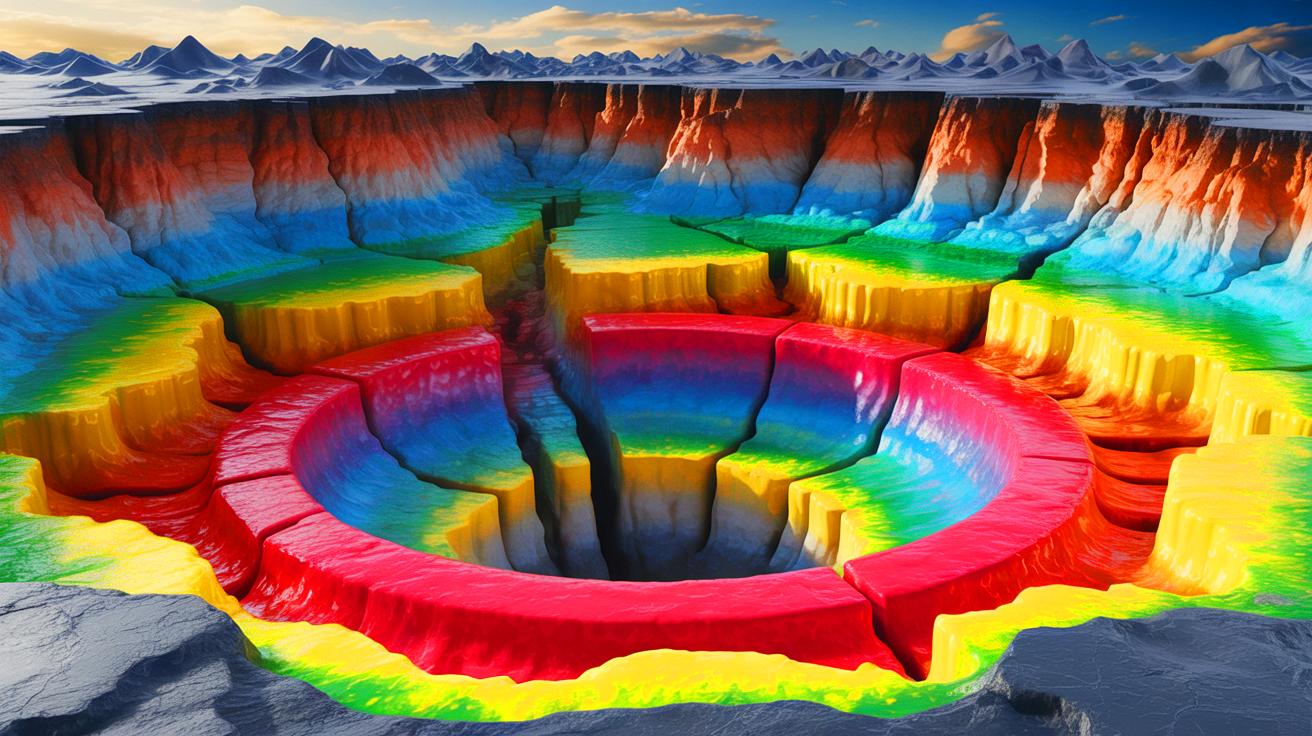“Hearst Magazines and Yahoo may earn commission or revenue on some items through these links.”
Here’s what you’ll learn when you read this story:
-
For more than a decade, there’s been growing proof that adult humans can form new neurons in the hippocampus, but scientists were still missing evidence of a missing link known as “neural progenitor cells.”
-
Now, scientists have trained a machine learning algorithm to identify these cells successfully, and they used it to find evidence in adult brains ranging from age 20 to 78.
-
Scientists hope that future therapies could stimulate neurogenesis in the hippocampus for people suffering from neurodegenerative diseases.
It’s well-understood that brain plasticity in children—including a process known as “neurogenesis,” which describes the creation of new neurons—is significantly greater than adults. And it doesn’t take too much imagination to understand why evolution took this course. After all, children need to learn a lot of things really quickly, so forming new neurons (particularly in the hippocampus where learning, memory, and emotional regulation are located) makes a lot of sense. However, scientists have long wondered whether neurogenesis is an exclusive feature of growing up, or if adults continue to generate new neurons as well (albeit at lower rates).
In 2013, a team of scientists led by the Karolinska Institute in Stockholm, Sweden, found evidence of neurogenesis in the hippocampus, and other studies discovered the presence of stem cells and immature neurons. However, there remains a missing link: “neural progenitor cells,” which can differentiate into different neurons and glial cells. Now, the search is over.
A new study—published earlier this month in the journal Science and featuring some of the same scientists who worked on the 2013 paper—reported evidence of these progenitor cells in adult brains, aged 20 to 78. A variety of examination methods and machine learning techniques allowed the researchers to identify the cells in an area of the hippocampus called the dentate gyrus, which features prominently in learning, memory, and cognitive flexibility.
“This gives us an important piece of the puzzle in understanding how the human brain works and changes during life,” Jonas Frisén, the senior author of the study from the Karolinska Institutet, said in a press statement. “We have now been able to identify these cells of origin, which confirms that there is an ongoing formation of neurons in the hippocampus of the adult brain.”
Identifying these well-hidden cells was far from a simple process. Frisén and his team first created a machine learning algorithm that could accurately identify neural progenitor cells by using the hippocampus samples from the brains of children donated for research after death. Because these cells look remarkably similar to progenitor cells found in mice, the team developed an AI that can spot the “molecular fingerprints of childhood progenitors and use that to identify these cells in adults,” Frisén told New Scientist.
When tested on mice, the model successfully identified 83 percent of the progenitor cells, and when tested on areas of the brain unaffiliated with neurogenesis (such as the cortex), it accurately recorded an absence of progenitor cells. The researchers then turned the model onto 14 hippocampus samples belonging to recently deceased donors between the ages of 20 and 78. To help things along, they used an antibody that identified dividing cells at the time of death, which helped to narrow things down by excluding mature neural cells. Once the samples had been run through their AI models, the team found that nine of those samples contained progenitor cells. Because they weren’t universally present, and concentrations of the cells varied between individuals, scientists theorized that the presence of these cells in adults could be influenced by genetics or environment.
But the discovery of these progenitor cells is definitely good news for scientists hunting for effective ways to treat neurodegenerative diseases. If the means to create new neurons exist, future therapies might be able to use that biological fact to its advantage.
“Our research may also have implications for the development of regenerative treatments that stimulate neurogenesis in neurodegenerative and psychiatric disorders,” Frisén said in a press statement.
Turns out it’s never too late to learn something new—our biology tells us so.
You Might Also Like
Source link

:max_bytes(150000):strip_icc()/Forever-Chemicals-in-95-of-Beers-Tested-FT-BLOG0925-0f6c44dcbe27426da3ab5940874f1354.jpg)